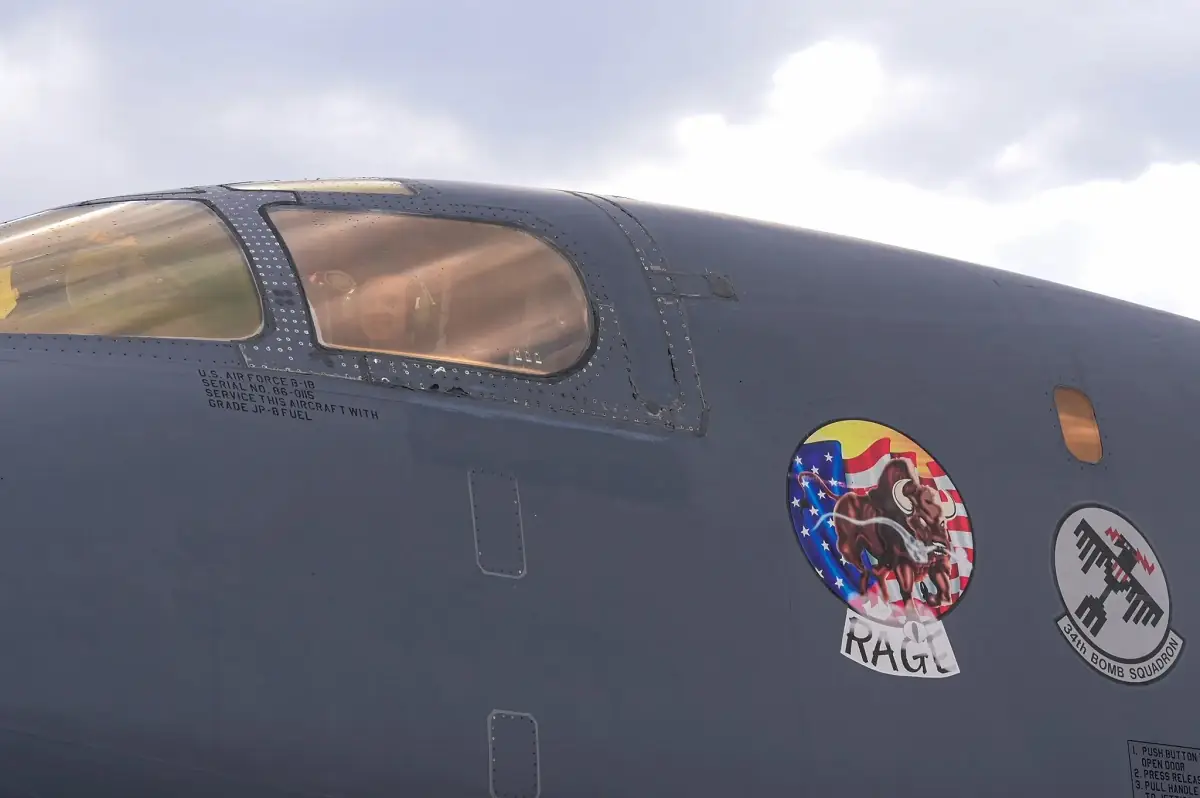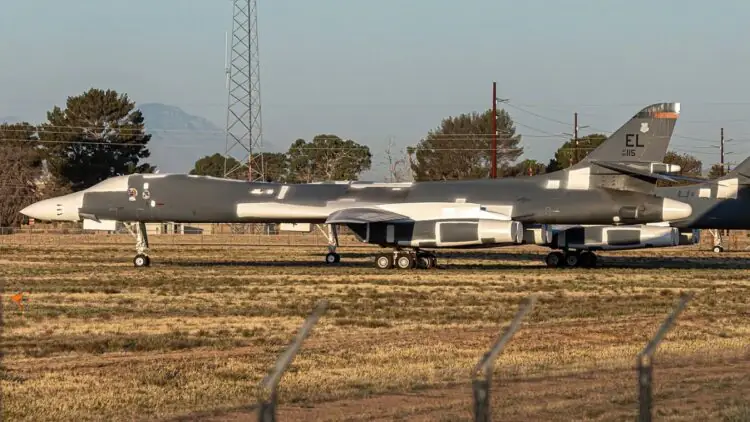The situation with modern bombers in the U.S. has become critical, leading to the revival of retired aircraft. One such bomber, known as Rage, has been brought back into service after a three-year stint in the scrap yard.
The state of military aviation in the U.S. is worsening, and, as reported by The War Zone, the shortage of modern bombers is prompting unexpected decisions. B-1B bombers, nearing the end of their careers, are drawing attention from American publications as some are being reactivated after long-term storage. This highlights the serious issues facing the country’s aviation military fleet.

The War Zone has reported that one of the B-1B Lancer bombers, known as Rage, has taken to the skies again after a three-year stint in the aircraft boneyard. This revival was made possible by the efforts of the 309th Aerospace Maintenance and Regeneration Group, based at Davis-Monthan Air Force Base in Tucson, Arizona. Currently, only two B-1B aircraft remain in the boneyard, highlighting the critical shortage of this class of military equipment.
Rage was one of 17 bombers retired in 2021 as part of a fleet optimization program aimed at reducing the number of B-1B aircraft from 62 to 45. This decision was made to enhance overall readiness and reduce maintenance costs, particularly in anticipation of replacing them with more modern B-21 Stealth Raiders. However, despite these measures, the readiness of the B-1B fleet continues to be problematic.
The War Zone reported that Rage was stored in a so-called Type 2000 storage, indicating that it was maintained for rapid reactivation if needed. This storage type means the aircraft can be prepared for flight in a relatively short time, although it might actually take several months. According to The War Zone, this bomber was likely restored to replace another B-1B that crashed at Ellsworth Air Force Base in South Dakota in early January.
In recent years, the U.S. B-1B fleet has faced numerous incidents and general readiness issues. For example, in 2021, a problem with the afterburner fuel pump filter led to a temporary grounding of the entire fleet. This highlights not only the age of the aircraft but also the necessity for their regular maintenance.

The War Zone emphasizes that this is not the first time retired B-1Bs have been brought back into service. In April of this year, another bomber, known as Lancelot, was also restored from Type 2000 storage and sent to Tinker Air Force Base in Oklahoma. This decision was made in response to the loss of another aircraft, which was damaged beyond repair due to a serious engine fire during maintenance.
In fact, the return of old bombers to service is a clear example of how the shortage of modern military aircraft is forcing the U.S. to rely on the restoration of retired equipment.
Source: TWZ









